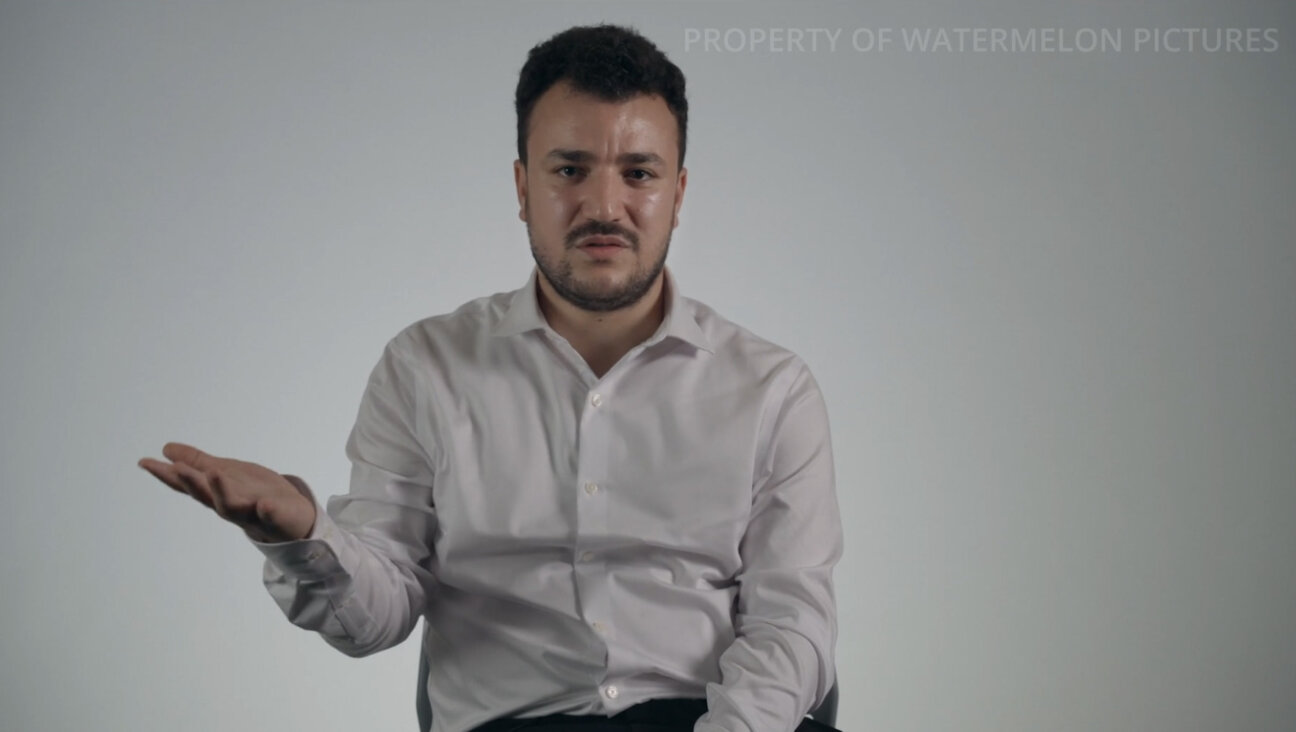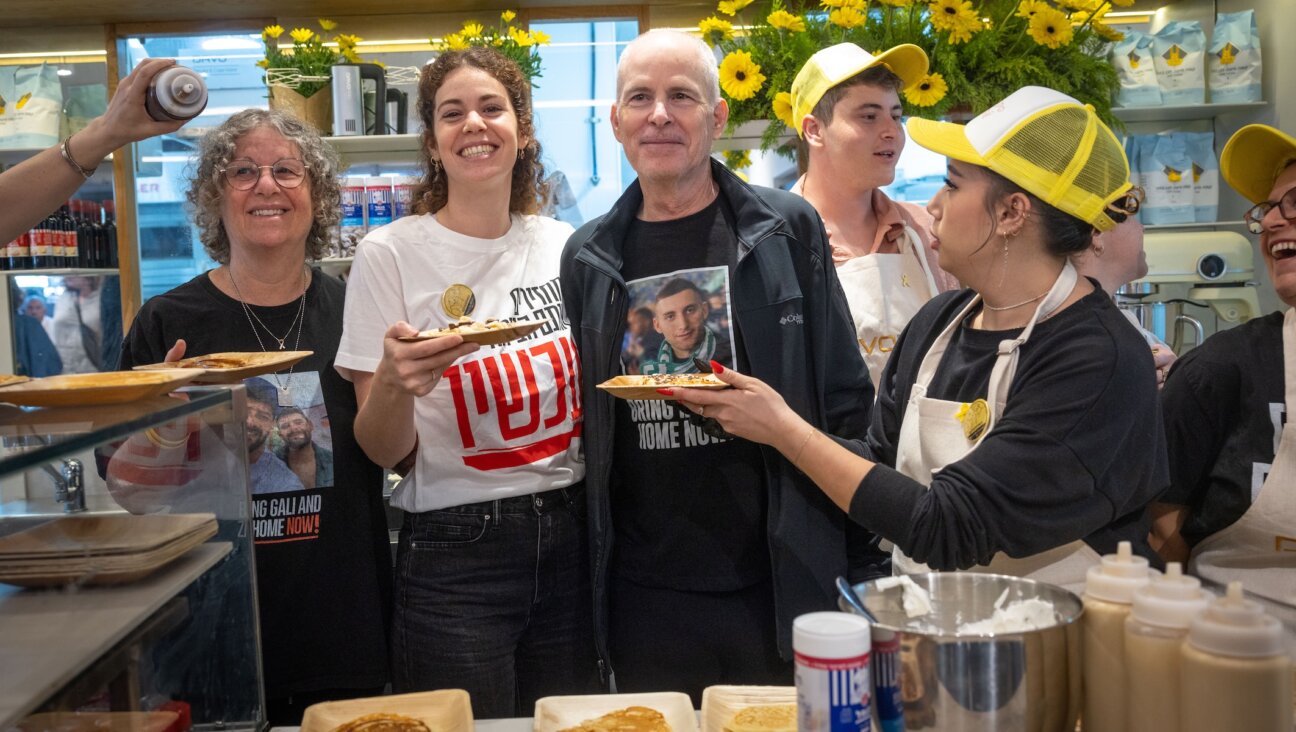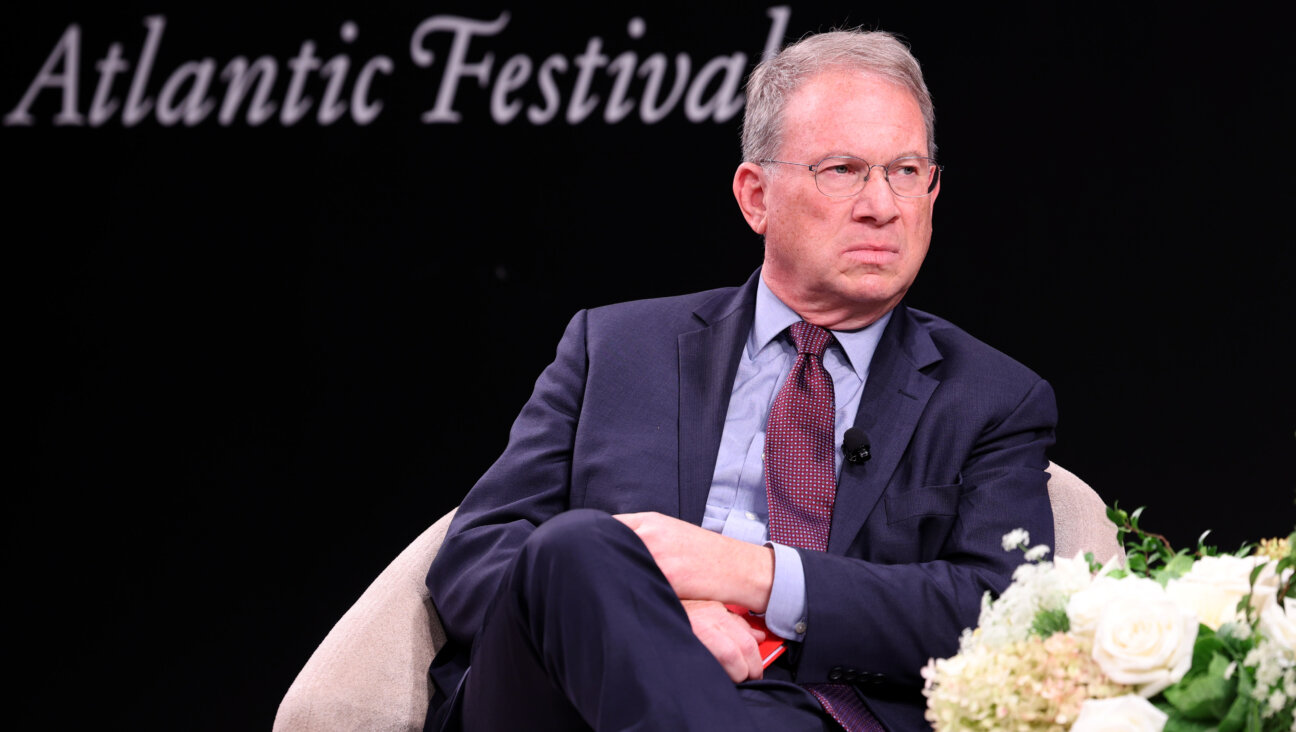New York Candidates Court Hasidic Vote
Haredi Jews should vote according to their values, not their pocketbooks, thundered ultra-Orthodox political gadfly Rabbi Yehuda Levin in a fiery Brooklyn speech October 10 in support of New York Republican candidate for governor Carl Paladino.
Levin had made headlines with his outspoken support for the Tea Party-affiliated Paladino, which he later withdrew. It’s an alliance that could have made some ideological sense: Ultra-Orthodox Jews are conservative on social issues, as is Paladino.
But Levin’s advice flies in the face of the decades-old political strategy of bloc voting employed by ultra-Orthodox communities in Brooklyn, designed to bring home governmental aid for a chronically cash-strapped community. While the true strength of the famous ultra-Orthodox voting blocs is up for debate, the Hasidic lifestyle, which calls for large families and private yeshiva education, leads its adherents to rely on significant infusions of government financial support. Relationships between community leaders and political leaders are based largely on the ability of the former to deliver bloc votes to the latter, and are seen as essential to keeping the aid flowing in the opposite direction.
“They don’t want to be on the outside,” New York Democratic consultant Hank Sheinkopf said of the New York Hasidic leadership. “They’ll pick the winner. Why? Because they don’t want to be denied aid.”
In this case, the winner is likely to be Andrew Cuomo, New York’s current attorney general and the frontrunner in the New York governor’s race. In meetings with the spiritual leaders of the Satmar, Pupa and Viener Hasidic sects in Williamsburg in early October, Cuomo referred to a relationship with the broader Hasidic community, reaching back to his days as campaign adviser to his father, former governor Mario Cuomo.
“I think as governor, I understand your community, I understand our relationship and I want to be as helpful as I can,” Cuomo told Rabbi Aaron Teitelbaum, one of two current claimants to the position of Satmar grand rebbe, according to a video of their meeting posted online.
Visits to the various Hasidic leaders are a staple of New York politics for many local office seekers. Bloc votes have played a significant — and sometimes controversial — role in past campaigns. Suspicions of a quid pro quo agreement surrounded President Bill Clinton’s 2001 decision to commute the sentences of four felons from the New York Hasidic enclave of New Square just months after Hillary Rodham Clinton visited the town in the course of her 2000 senatorial campaign, in which she received nearly all of its votes. A federal investigation into the pardons was ultimately dropped.
It is pursuit of those bloc votes that brings candidates like Cuomo to sit-downs with the bearded Hasidic leadership. “I think it’s perceived to be a well-organized vote, and I think politicians respond to well-organized votes,” said John Mollenkopf, a professor of political science and sociology at the City University of New York’s Graduate Center and the director of the school’s Center for Urban Research.
But the actual impact of the bloc votes in Brooklyn is a matter of some debate. On the one hand, some observers say that the power of the leadership to direct the votes of their followers is declining. “It’s a whole different ballgame with the younger generation,” said Isaac Abraham, a Satmar and a failed City Council candidate. “The older generation always used to vote Democratic straight down the line.” But the younger Hasids, Abraham said, are more independent-minded. “You can’t just give them a flier and say here, this is the Ten Commandments.”
More broadly, the actual number of votes that the Hasidic communities control is unclear. An analysis of election data conducted by Mollenkopf found that 3,000 votes were cast in the 2006 gubernatorial elections in the Hasidic section of Williamsburg. Around 2,300 of those votes went to Eliot Spitzer, the Democratic candidate.
“When you put them all together, it’s not a huge amount of votes,” Mollenkopf said. About 1,245,000 votes were cast in New
York City alone in that year’s election.
But Rabbi David Niederman, longtime executive director and president of the Satmar-affiliated United Jewish Organizations of Williamsburg, Inc., estimated that the Hasidic community accounts for “5,000, 6,000 votes for sure” in Williamsburg.
And Rabbi Shmuel Lefkowitz, vice president for community affairs at Agudath Israel of America, an umbrella group representing Hasidic and non-Hasidic ultra-Orthodox groups, said that the ultra-Orthodox community offers a “voting bloc of potentially over 100,000 votes in just Brooklyn alone.” He offered no evidence for his contention.
Insiders say the bloc vote is essential to fulfilling the community’s economic needs. “I believe that all ethnic communities need to demonstrate a level of power beyond their numbers,” said Ezra Friedlander, CEO of The Friedlander Group, a public relations firm that serves the ultra-Orthodox community.
In the current campaign season, housing and employment needs seem to be taking a back seat to education as a motivator to get out the Hasidic vote.
“Education, and how government can alleviate the financial burden on a typical Jewish family sending five or six children to yeshivas, is probably the issue of paramount importance to the community,” Friedlander said.
Ultra-Orthodox leaders are pushing for passage of a bill in the state legislature that would provide tuition assistance for rabbinical students. They are also looking to prevent cuts in aid provided by the state government to fund the fulfillment of services mandated by the state, such as a program that pays private schools to keep attendance records.
“There’s an education budget. It’s passed every single year,” Lefkowitz said. “And we’re saying, give us a piece of the pie.”
Some insiders say that the administrators of Jewish parochial schools are increasingly important in motivating voters within the ultra-Orthodox community. But Niederman, whose social service group is the most prominent in the Williamsburg Satmar community, said that education needs were no more compelling than social service needs. “You can’t exchange education for food, you can’t exchange food for a job. This is an all in one,” he said.
Communities in the New York region, including Brooklyn, parts of Rockland County, and Lakewood, N.J., appear to be the only American municipalities with significant ultra-Orthodox bloc votes. But the growing ultra-Orthodox community in Los Angeles may soon wield similar clout. “Los Angeles will be the next place where they play a significant role,” said Raphael Sonenshein, a political scientist at California State University, Fullerton. “I think Los Angeles will end up being the second most influential Hasidic community in the country.”
Contact Josh Nathan-Kazis at [email protected] or on Twitter @joshnathankazis
at www.forward.com
• Visit Mitz Vote, the Forward’s politics blog, for more on Cuomo’s outreach to the ultra-Orthodox. Find it at Forward.com
The Forward is free to read, but it isn’t free to produce

I hope you appreciated this article. Before you go, I’d like to ask you to please support the Forward.
At a time when other newsrooms are closing or cutting back, the Forward has removed its paywall and invested additional resources to report on the ground from Israel and around the U.S. on the impact of the war, rising antisemitism and polarized discourse.
Readers like you make it all possible. We’ve started our Passover Fundraising Drive, and we need 1,800 readers like you to step up to support the Forward by April 21. Members of the Forward board are even matching the first 1,000 gifts, up to $70,000.
This is a great time to support independent Jewish journalism, because every dollar goes twice as far.
— Rachel Fishman Feddersen, Publisher and CEO
2X match on all Passover gifts!
Most Popular
- 1

Film & TV What Gal Gadot has said about the Israeli-Palestinian conflict
- 2

News A Jewish Republican and Muslim Democrat are suddenly in a tight race for a special seat in Congress
- 3

Fast Forward The NCAA men’s Final Four has 3 Jewish coaches
- 4

Culture How two Jewish names — Kohen and Mira — are dividing red and blue states
In Case You Missed It
-
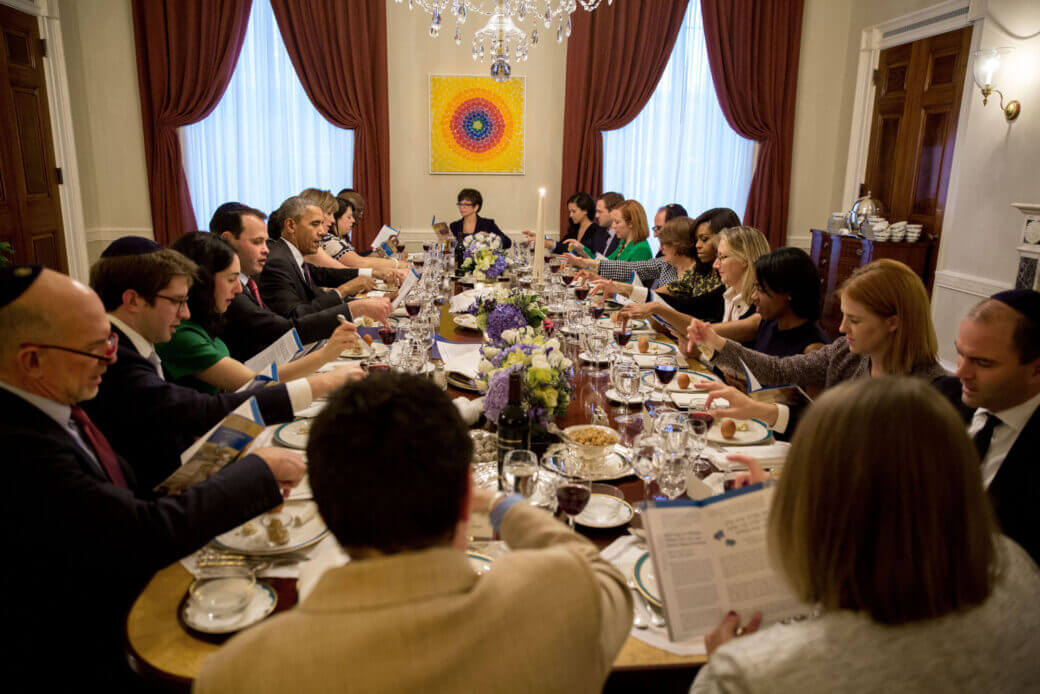
Books The White House Seder started in a Pennsylvania basement. Its legacy lives on.
-

Fast Forward The NCAA men’s Final Four has 3 Jewish coaches
-
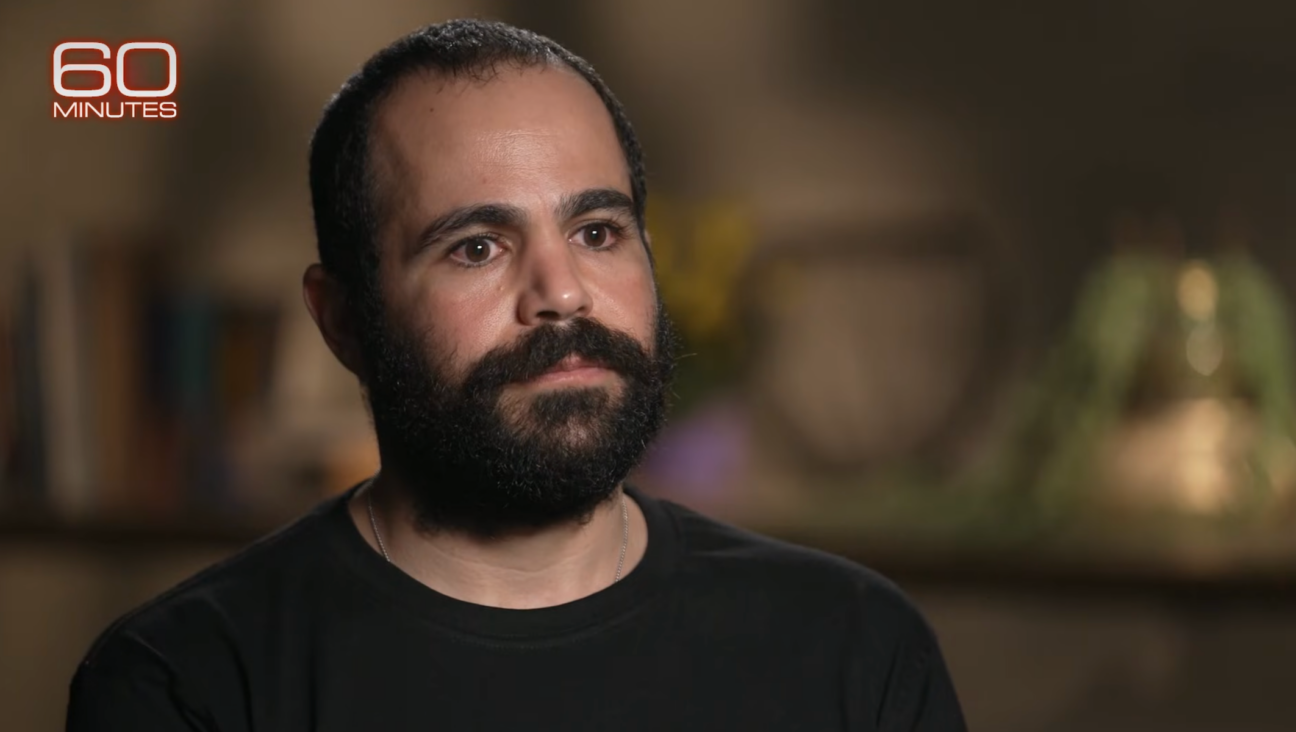
Fast Forward Yarden Bibas says ‘I am here because of Trump’ and pleads with him to stop the Gaza war
-
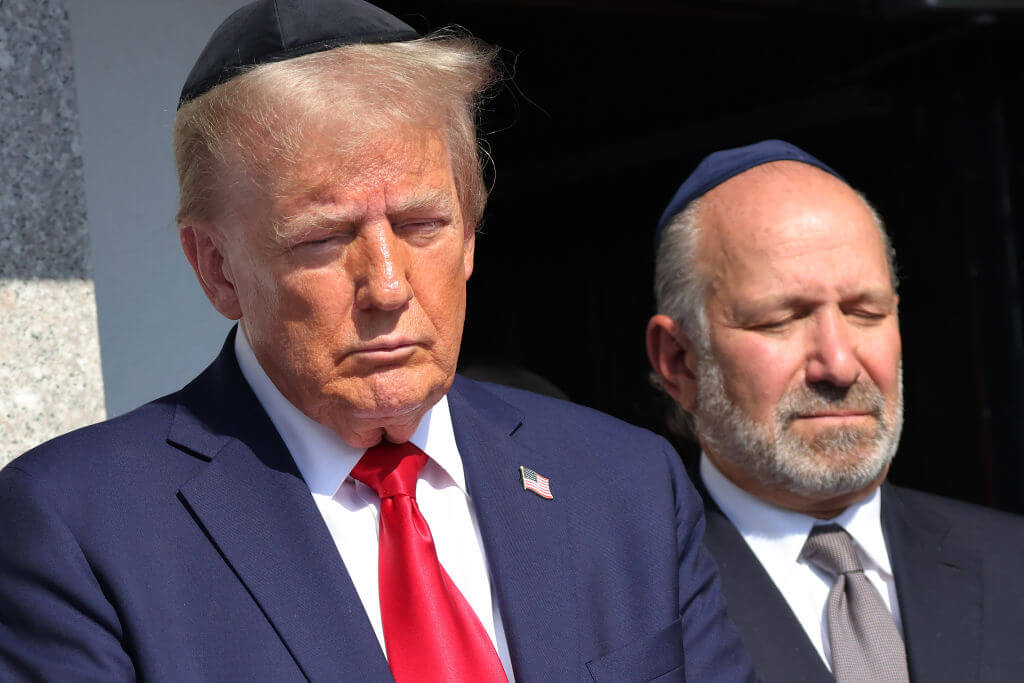
Fast Forward Trump’s plan to enlist Elon Musk began at Lubavitcher Rebbe’s grave
-
Shop the Forward Store
100% of profits support our journalism
Republish This Story
Please read before republishing
We’re happy to make this story available to republish for free, unless it originated with JTA, Haaretz or another publication (as indicated on the article) and as long as you follow our guidelines.
You must comply with the following:
- Credit the Forward
- Retain our pixel
- Preserve our canonical link in Google search
- Add a noindex tag in Google search
See our full guidelines for more information, and this guide for detail about canonical URLs.
To republish, copy the HTML by clicking on the yellow button to the right; it includes our tracking pixel, all paragraph styles and hyperlinks, the author byline and credit to the Forward. It does not include images; to avoid copyright violations, you must add them manually, following our guidelines. Please email us at [email protected], subject line “republish,” with any questions or to let us know what stories you’re picking up.








